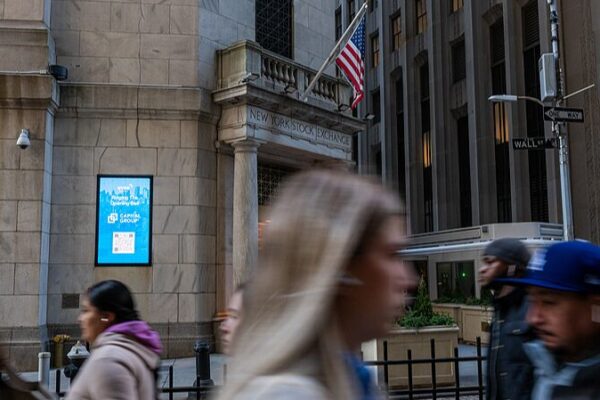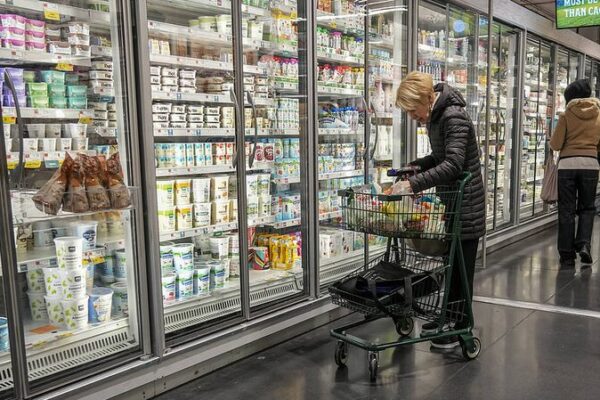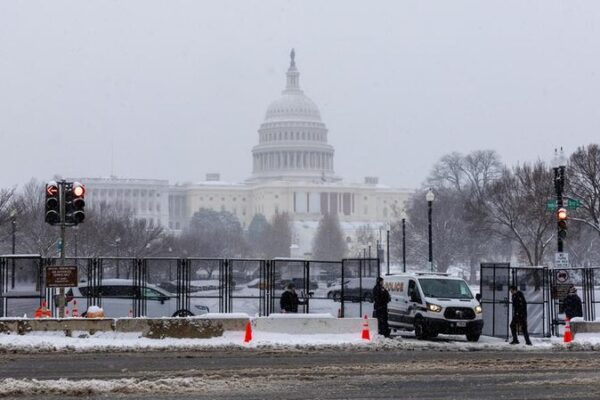
US Tariffs and Rising Inflation Squeeze Consumers
Rising tariffs and persistent inflation are squeezing US consumers, decreasing spending and dampening confidence amid economic uncertainty.
My Global News: Voices of a New Era
🌍 Stay Ahead, Stay Global 🚀

Rising tariffs and persistent inflation are squeezing US consumers, decreasing spending and dampening confidence amid economic uncertainty.

The University of Michigan survey reveals a 10.5% drop in U.S. consumer sentiment amid tariff chaos and rising economic uncertainty.

China’s Consumer Price Index (CPI) fell by 0.7% year-on-year in February, indicating a stable inflationary trend in the nation’s economy.

Turkey’s annual inflation rate fell below 40% in February for the first time since June 2023, signaling potential economic stability and creating new opportunities for global entrepreneurs and travelers.

US inflation slightly eased in January with the PCE Price Index at 2.5%, but remains above the Fed’s 2% target. Consumers expect 3.5% inflation in the next decade.

New U.S. tariffs on Canada, Mexico, and China are set to increase construction costs and consumer prices, disproportionately affecting lower-income households and fueling inflation fears.

Brazilian entrepreneurs warn that the U.S.’s new reciprocal tariff policy could lead to higher prices and global inflation.

New tariffs under Trump’s second term raise alarms over global economic stability, inflation, and cross-border business dynamics.

US tariff policies may backfire by increasing trade and business costs, leading to higher consumer prices and fueling inflation, ultimately undermining economic growth.

Experts warn that new U.S. tariffs may disrupt global supply chains and fuel economic uncertainty, despite the Chinese mainland’s commitment to multilateral trade and innovation.